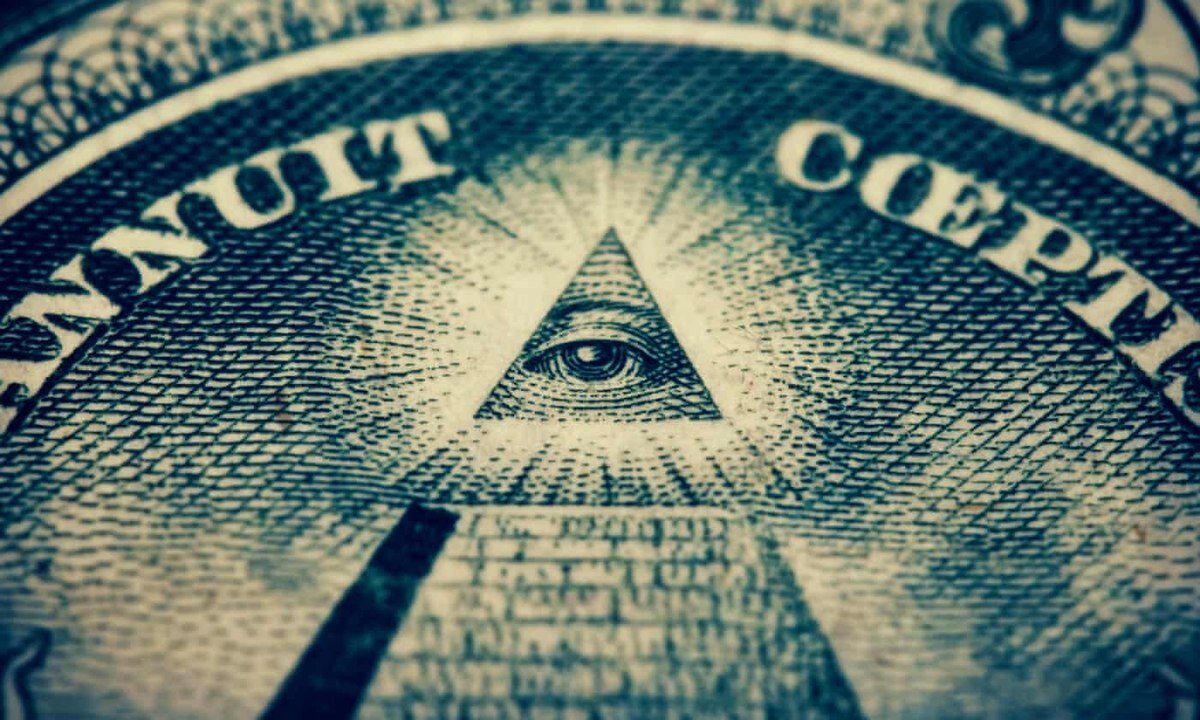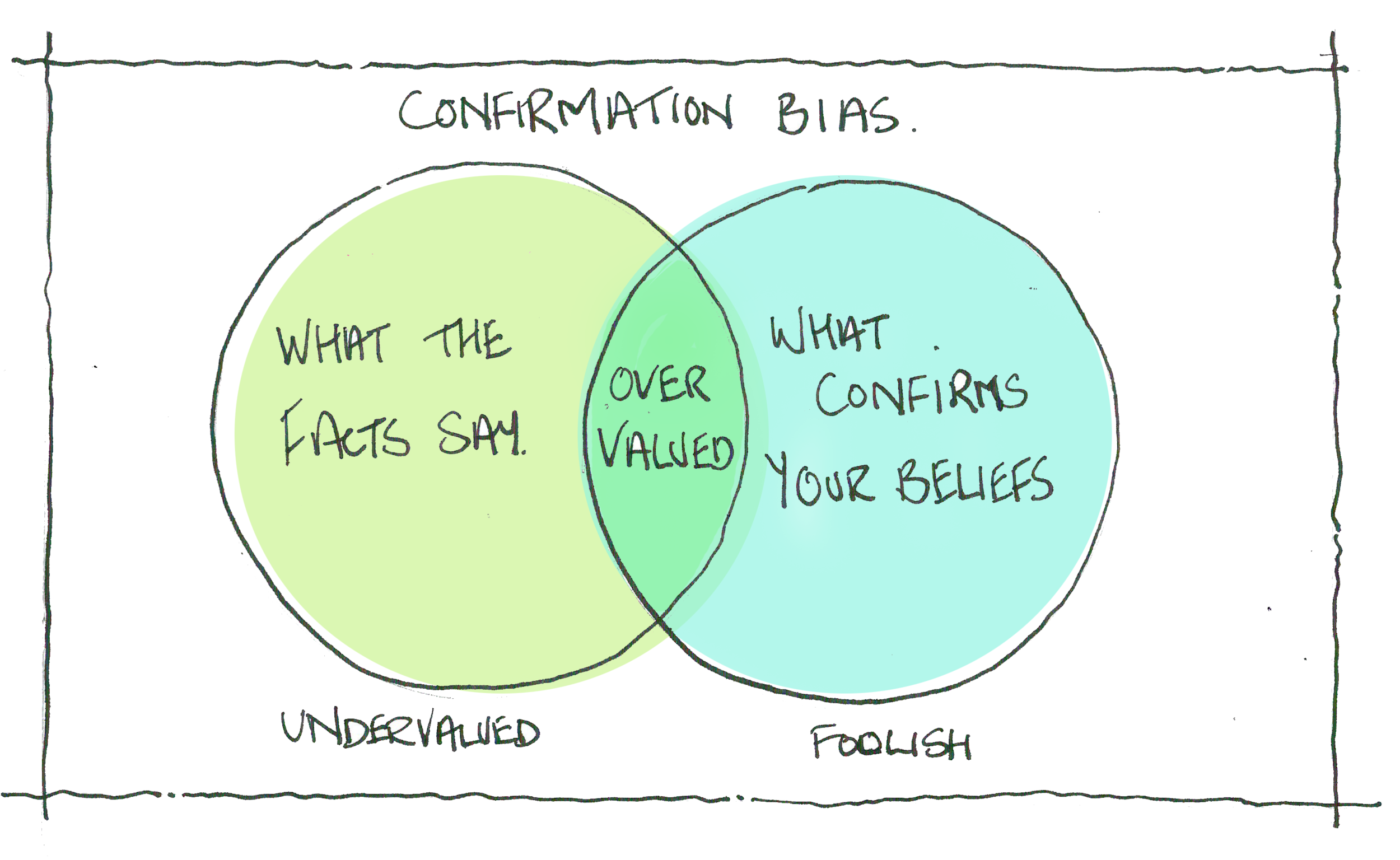Is there any reason not to believe?
On the 20th of July 1969, 650 million people watched as Neil Armstrong and Buzz Aldrin successfully walk on the moon. They landed the Apollo Lunar Module Eagle on the moon and stepped onto the dusty surface. This was, arguably one of the most significant events in history, and yet some people believe that the whole event was a hoax, set up by the American Government and NASA to show how powerful the Government was at influencing ordinary citizens.
Man on the Moon - 1969
Despite overwhelming evidence, scientist and experts have had to provide facts to disprove the conspiracy theorists who say it didn’t happen. Nearly 400,000 people were employed on the project, so you would have thought that if it were a hoax more people would have come forward over the years to denounce the project. Yet still, the conspiracy theory persists.
Capricorn 1
Fuelled by films like Diamonds are Forever (1971) and Capricorn One (1978), in which a failed Mars mission is faked in a film studio by the authorities and the astronauts are killed so that they will not speak out. The myth is furthered in Interstellar (2014) where a teacher tells Mathew McConaughey’s character that the moon landings were hoaxed in order to win a propaganda war over the Soviet Union.
On the 22nd of November 1963, as he drove through Dealey Plaza, President John F. Kennedy was shot, presumably by Lee Harvey Oswald. Two days later, in front of national TV, Jack Ruby shot Oswald. The circumstances and events were confusing and didn’t quite seem to fit and left the world in a state of disbelief. How could such a thing happen? The HSCA (United States House Select Committee on Assassinations) concluded that the assassination was "probably assassinated as a result of a conspiracy" but didn’t assign a perpetrator or motive. The lack of plausible information set the stage for amny a conspiracy theory.
John F Kennedy - Dallas
Conspiracy theories have a habit of taking hold of our imaginations. They fulfilling a primal need to explain the unexplainable and to justify our mistrust of authority.
The Prague Cemetery and The Illuminati meeting to settle the world order; Aliens being kept in secret in Area 51, the fake moon landings, the assassination of JFK, the Twin Towers attack as a US government plot, Holocaust deniers, Climate Change deniers, the anti-vax movement, 5G health transmissions, and lately some of the absurd QAnon conspiracy theories (conspiracies without any theories). Conspiracists are the cognoscenti, only they know what’s really going on. The rest of us are ignorant sheep. From Fake News to misinformation to propaganda, conspiracies theories take hold and are notoriously difficult to shake off. They are unprovable by design; they weave together unrelated events into rich new stories that fuel our need for certainty and our mistrust and suspicions of authority.
The Illuminati
A conspiracy theory is an explanation of events or phenomena which don’t fit comfortably into our world view and is backed by a sense of mistrust and suspicion, almost to the point of paranoia. It’s not normally based on verifiable evidence, although a conspiracy theorist will find evidence that fits the belief. Whenever something big happens, somebody comes up with a counter-explanation.
Uncertainty.
Our brains are hard-wired to find patterns in what we see and experience. We string together events into patterns. The patterns allow us to predict what will happen next and allow us to form rules and hypotheses about how things behave. This allows us to understand events and give them meaning. In this way, we build a mental model of how the world works.
However, when things don’t quite add up or make sense, when we can’t predict or understand, we feel some discomfort and this is unacceptable for our minds. Our brains try to do everything they can to reduce that uncertainty and bring things into a comfort zone of undestanding.
We are not fully in control of how our brains take information in; much of what our brains do they do on autopilot, based on our existing internal model of the world and the beliefs and assumptions we have already formed. When things don’t quite fit our mental model, we try to make sense of them and fill in the gaps. Our overwhelming need is to make sense of the world we live in. When this is based on incomplete knowledge, cognitive dissonance joins with suspicion and mistrust, and we become conspiracy theorists.
Cognitive Biases.
We have a further complication: our minds have natural biases founded in the structural way we have evolved to think.
Confirmation Bias
Confirmation bias, for instance, guides our minds to look for information and experiences that confirm what we already know and believe, to reinforce our existing mental model. It also normally rejects information that doesn’t fit. It’s a form of selective thinking; we can see examples of this in “selective” data shown by politicians to affirm how well they’re doing and how badly the “others” are doing. We do this in our everyday lives, too; while arguming with my wife, I will look for a winning point that confirms my view, the problem is that she will do the same.
Subjective validation is a cognitive bias in which people consider information to be correct if it has a personal meaning or significance for them. People (conspiracy theorists) affected by subjective validation will perceive two unrelated events - coincidences - to be related because their personal beliefs demand that they be related. So, if you start with a belief that there is a conspiracy, you will find information that validates that point of view.
Trust and mistrust.
Trust is a further factor in the creation of conspiracy theories.
Spy Vs Spy - MAD Magazine
Trust in government and authority is certainly very low at the moment. As mentioned in my article “Inventing the Enemy,” we create a notion of “the outsider”, not just to create an enemy, but also to create allies. Conspiracy theories offer an object of blame, a reason and explanation why something (unexplainable, except for a conspiracy) has happened and we unite other people into our theory, which further confirms our belief. We create an us-and-them type of tribalism, which satisfies our desire for inclusion, identity, and identifies the “enemy”.
When trust is low, we tend to be suspicious of authority. We create what Joseph Uscinski calls an “accusatory perception”; for example, small groups of powerful people working in secret for their own benefit against the common good. In the case of Watergate, these accusatory perceptions turned out to be true. Since this actually happened and therefore is no longer a theory, it’s a conspiracy fact.
The mistrust of persons and published facts are fundamental to a conspiracy theory. Belief in clandestine sub-cultures and movements is nothing new and is closely linked to our dislike or ignorance of others. In his book, “The Prague Cemetery,” Umberto Eco uses his character Simone Simonini to highlight how antisemitism, suspicion, ignorance, and hatred can fuel conspiracy theories. Simonini writes one of the most prevalent pieces of antisemitic literature in history.
Belief and Truth.
Beliefs are not necessarily based on facts (although some would argue they are). When we truly believe something, we submit to it unconditionally. Facts only support an existing belief. A belief does not require proof, it is not rational in that way. Proof merely supports a belief. Beliefs, when fully embraced, point at an irrefutable truth. Beliefs don’t need validation by facts to confirm their truth, they are the truth. Beliefs have mystical and transformative powers. Beliefs are often taught and form our ideologies and guide our perceptions and behaviors.
Yet our conflicted and restless minds seek out confirmation and validation for our assumptions and beliefs. Any fact that supports a belief (which is the truth) must therefore be the truth or be a component part of a truth. Beliefs are only true provided there exists a fact or facts that correspond to them. That’s why facts are recruited to confirm the belief. A conspiracy theory may or may not have facts that correspond to it, but our conspiracy theorists will find facts that can be applied to fit the theory. Of course, if the facts genuinely do fit the belief then it is no longer a “conspiracy” theory and becomes a valid theory.
Fake News.
Lately, we have heard a lot about “fake news”. Fake news / disinformation (a form of gaslighting) are the fuel for conspiracy theories and many mediums, politicians and leaders, have found routes to exploit our fears and suspicions by peddling fake facts and theories, in order to undermine the stability and credibility of another authority. It is remarkable how easily some of these find their way into cultural memes and the collective consciousness. But fake news and disinformation alone are insufficient to become a conspiracy theory. This type of information must be re-assembled into a credible story by someone who rejects expert advice (probably as a result of mistrust of authority), views events as conspiracies, and has a partisan or ideological view.
Fake news?
Conspiracy theories, mix together a deep-seated suspicion and mistrust of authority, our need to reduce uncertainty, and our sense of clandestine, underlying, controlling forces. Our minds often work against our better judgment in believing them. Conspiracy theories offer a compelling view of a mysterious world, where evil forces collude to take control of the world. As with QAnon, the assassination of President Kennedy, the moon landing and so many others, conspiracy theorists peddle their version of the truth (although I’m not sure they genuinely believe it). Is there any reason not to believe?
Perhaps all these conspiracy theories are just a smokescreen to hide the real truth?
Flat Earth
If you want to hear more, listen to the BBC Start the week edition on Data and conspiracy theories.
You might also be interested in my article: Inventing the enemy.








